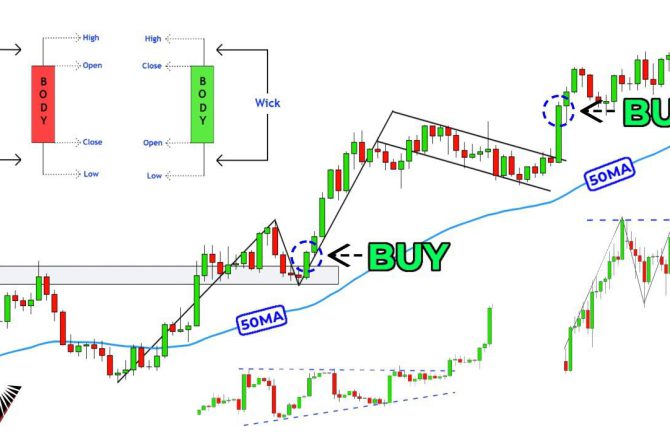Enhancing Golf Performance Through Subtle Strategies
In the world of golf, reaching peak performance goes beyond just mastering technical skills. Experienced players utilize a range of subtle strategies that can significantly enhance their game—often unnoticed by less experienced golfers.
This article explores the intricate tactics employed by proficient golfers to boost their performance on the course. It covers essential aspects such as expert green reading, strategic tee shot placement, and how psychological factors influence decision-making. By understanding these elements, players can navigate each hole’s unique challenges more effectively.
The ability to shape shots is another critical skill that allows golfers to control ball trajectory and spin for optimal results. By honing these advanced techniques, players can improve accuracy and lower their scores consistently.
The Art of Green Reading: Deciphering Putting Greens
A key component of successful golfing is understanding the layout of putting greens. Players must be adept at interpreting subtle slopes and undulations to predict how the ball will roll once struck.
Veteran golfers often employ a technique called “lag putting,” where they aim for a spot short of the hole, trusting that the green’s slope will guide it toward the cup. This method requires acute green-reading skills as it involves calculating distance and angle while considering speed and trajectory.
Another effective strategy is “reading the break.” On sloped greens, balls tend to curve towards lower areas; seasoned players visualize this path based on slope angles which helps them adjust their aim for better chances at sinking putts.
Tee Shot Strategy: Optimizing Course Positioning
The placement of tee shots plays a vital role in overall golf strategy. By considering various factors carefully, golfers can position themselves advantageously:
- Course Layout: Analyze hazards’ locations to identify safe zones while aiming for fairways that provide optimal approaches to greens without risking bunkers or water hazards.
- Wind Conditions: Assess wind direction and strength; plan shots accordingly—whether it’s aiming into headwinds or using draws/fades against crosswinds.
- Aim Points: Choose specific targets on fairways that offer favorable lies for subsequent shots while minimizing distance from pins or facilitating easier recovery options from misses.
Tee Shot Placement Examples:
| Course Feature | Shooting Strategy |
|---|---|
| Difficult Dogleg Left | Aim right past fairway bunkers with a draw around bends. |
| Narrow Fairway Approach | Select wider sections for maneuverability towards greenside access. |
| Elevated Green Targeting | Select clubs capable of high trajectories over elevations for precise approaches.
Navigating Challenges: The Importance of Course Management
An essential aspect of strategic golf lies in effective course management. Skilled players possess an intimate familiarity with each hole’s characteristics enabling them to leverage strengths while mitigating risks associated with potential hazards through meticulous planning before every shot taken.
Key considerations include selecting optimal tee placements creating advantageous angles avoiding obstacles like bunkers/water hazards determining whether prioritizing distance over accuracy suits particular holes based on layouts/player capabilities.
Understanding green complexes also plays an important role since factors such as slopes/undulations/breaks significantly impact putting performance allowing adjustments aimed slightly off-center increasing likelihoods holing out leaving easier follow-up putts.
| Hole Description | Hazards Present | Optimal Placement |
|——————|—————–|——————-|
| Par 4 (450 yards) – dog-leg left with bunker | Bunker left side | Drive slightly right favoring distance |
| Par 3 (200 yards) – elevated green near water hazard | Water hazard upfront | Aim left allowing room for draw |
| Par 5 (550 yards) - reachable in two but has water hazard second shot risked | Water hazard second shot risked | Lay up first setting up safe second approach |
The Precision Artistry Behind Shot Shaping
Molding Trajectory & Spin For Desired Outcomes
Shot shaping grants unparalleled control over both trajectory/spin enabling avoidance obstacles mastery complex pin placements executing creative recovery attempts tailored according demands presented by any given hole.
Understanding nuances between spins/trajectories proves crucial backspin generated downward strikes creates height/bite facilitating precise approaches excellent greenside control whereas topspin applied upward swing promotes increased distances reducing overall flight heights Strategic manipulation both allows painters perfect arcs required every single stroke executed successfully.
Mastery requires hours dedicated practice experimenting various swing techniques developing diverse repertoires scenarios learning face angles impact positions paths yielding desired flights persistence commitment refine abilities equipping exceptional levels controls versatility courses played upon.
Cultivating Mindfulness During Swing Execution
Achieving consistency precision swings paramount within golfing realm Seasoned athletes cultivate mindful focused approaches executing swings remarkable accuracies employing visualization techniques rehearsing motions mentally prior actual execution enhancing muscle memory solidifying mechanics promoting unwavering confidence throughout processes involved
Additionally maintaining clarity during swings remains vital distracting thoughts sabotage even most skilled individuals Effective strategies maintaining focus include establishing pre-shot routines fostering familiarity calming nerves employing breathing methods regulating emotions ensuring presence engagement throughout entire process undertaken






